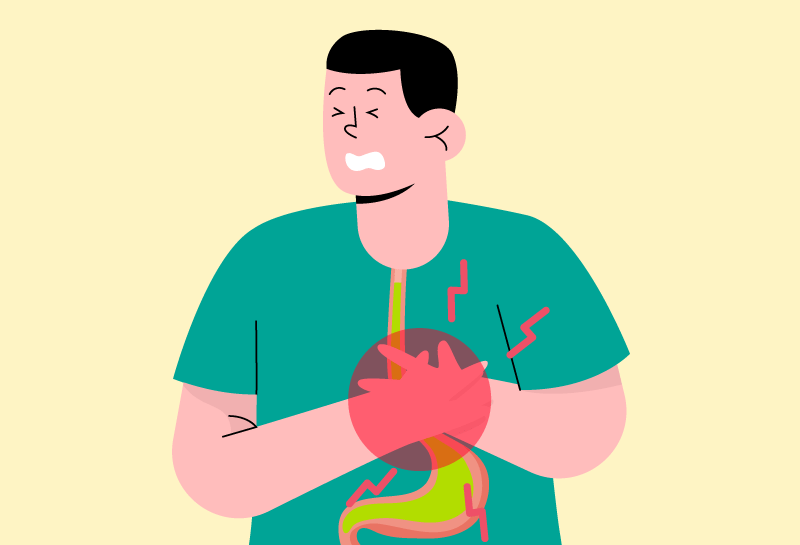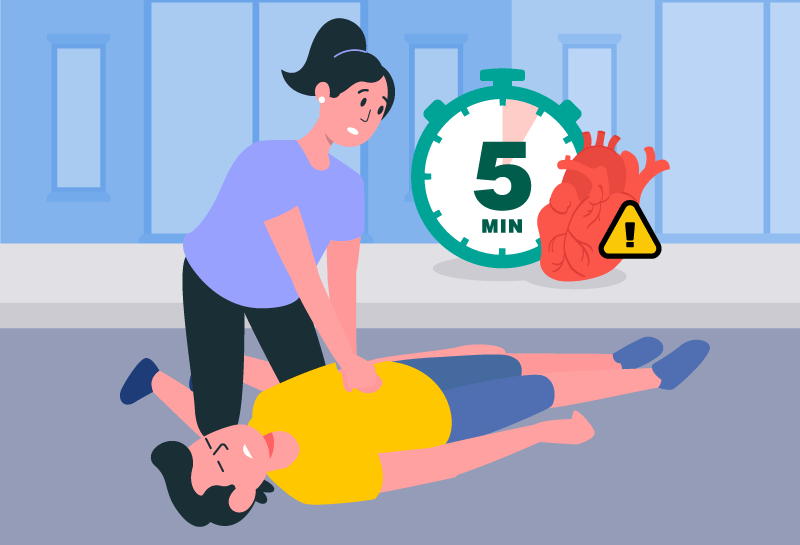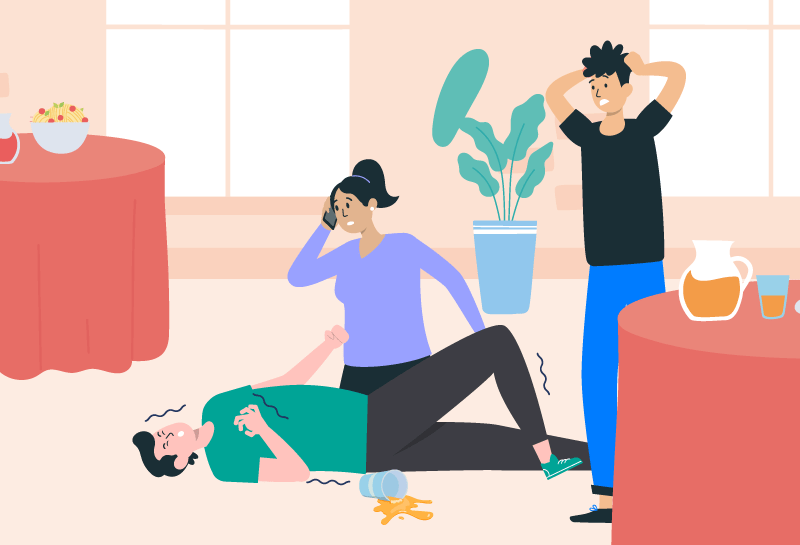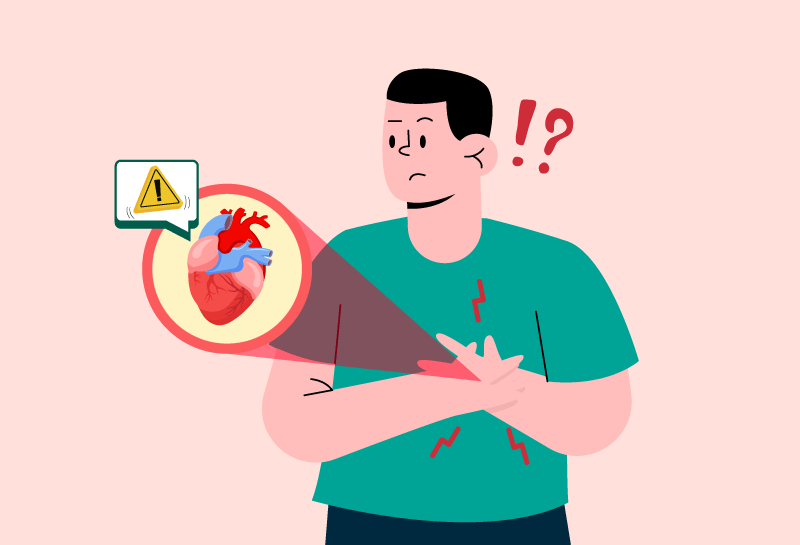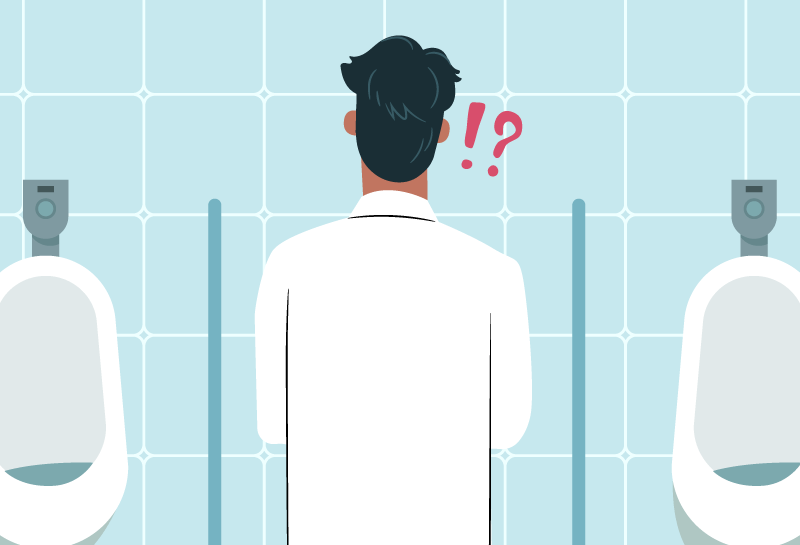Last updated on 10 March 2025.
It’s a familiar experience for many: a small, shadowy shape floating in your vision, moving around as you shift your gaze. Whether it's a tiny speck, a thread-like line, or a more irregular blob, these "floaters" can seem mysterious and often a little unsettling. Most of us encounter them at some point in our lives, but few understand what they actually are. For some, these floaters are merely an occasional nuisance, while for others, they can be a source of concern. But what exactly are they, and why do they appear?

EXPERT INSIGHT
“Eye floaters are black spots that appear in your visual field, often resembling tiny dots or cobwebs. They are most noticeable against a clear sky or white wall. The vitreous, a gel-like substance in the eye, shrinks and liquefies with age, forming tiny clumps or strands that cast shadows on the retina, leading to floaters. Although typically harmless, a retina check should be done when floaters first appear to rule out complications,” said Dr Ganesh.
Slide left to reveal vision affected by floaters, slide right to reveal normal vision.
The science behind floaters
To fully appreciate what floaters are, we need to understand the anatomy of the eye a little better. The retina is responsible for sending visual information to the brain via the optic nerve. When light enters the eye, it passes through the cornea and lens before reaching the retina, which then sends signals to the brain that allow us to see. However, when the vitreous humour changes, it can lead to those pesky floaters.
While floaters are usually harmless and tend to become more common with age, their presence can also signal an underlying issue. If the vitreous humour is pulling away from the retina or if there is a tear, a more serious condition like a retinal detachment could occur. For this reason, it’s important to keep an eye out for any sudden increase in floaters or flashes of light, as these could be warning signs.

DID YOU KNOW?
Dr Ganesh explained that “while floaters are common with age, they can signal more serious conditions. As the vitreous separates from the retina (posterior vitreous detachment), it can cause tears or holes, often without additional symptoms. Red flags include sudden floaters, an increase in number or size, flashes of light, or vision loss, requiring prompt attention from a specialist.”
Why do some people get floaters more than others?
Age is the most common factor in developing floaters, but it’s not the only one. People who are nearsighted, have had eye surgery, or have diabetes are more likely to experience them earlier or more frequently. Interestingly, certain lifestyle habits, like smoking, may also increase the risk of developing floaters.

EXPERT INSIGHT
Floaters can also be linked to health problems like retinal detachment, diabetic retinopathy, uveitis, trauma, or post-treatment effects. Managing systemic conditions and having regular eye exams is crucial for early detection.
Public awareness of floaters is often limited. To improve early detection, it's important to promote eye exams, launch awareness campaigns, and train healthcare professionals to recognise red flags. Schools and workplaces should also provide basic eye health education, helping individuals seek timely medical attention and protect their vision.
What can you do about floaters?
For most people, floaters are simply a nuisance and don’t require any treatment. In fact, many people learn to ignore them as they become less noticeable over time. However, if floaters become particularly bothersome or if they suddenly appear in large numbers, it’s important to consult with an eye care professional.
In some cases, if floaters significantly impair vision, a procedure called a vitrectomy may be considered. During this surgery, the vitreous humour is removed and replaced with a saline solution. However, this procedure carries risks and is typically only recommended in severe cases.2

EXPERT TIP
Regular eye exams are essential for early detection. Annual checks are recommended, particularly for those over 50 or with conditions like diabetes or hypertension. A healthy lifestyle, including a balanced diet, limiting screen time, protecting eyes from UV light, and managing conditions like diabetes, can help maintain eye health and reduce the risk of serious issues.
This article has been written by Healthful For You and does not represent the opinions, views, or endorsements of the Expert Contributor of this article. The Expert Contributor has solely provided expert insights and tips for informational purposes. Any interpretations, conclusions, or statements beyond these contributions are those of the author and do not reflect the views of the expert contributor. This content is intended for informational purposes only and should not be considered as medical, legal, or professional advice.
References
- Floaters. National Eye Institute. Available at https://www.nei.nih.gov/learn-about-eye-health/eye-conditions-and-diseases/floaters#:~:text=Floaters%20usually%20happen%20because%20of,Those%20shadows%20appear%20as%20floaters.
- What should you do about those unpleasant eye floaters? Harvard Medical School. Available at: https://www.health.harvard.edu/diseases-and-conditions/what-should-you-do-about-those-unpleasant-eye-floaters.



 Copied
Copied











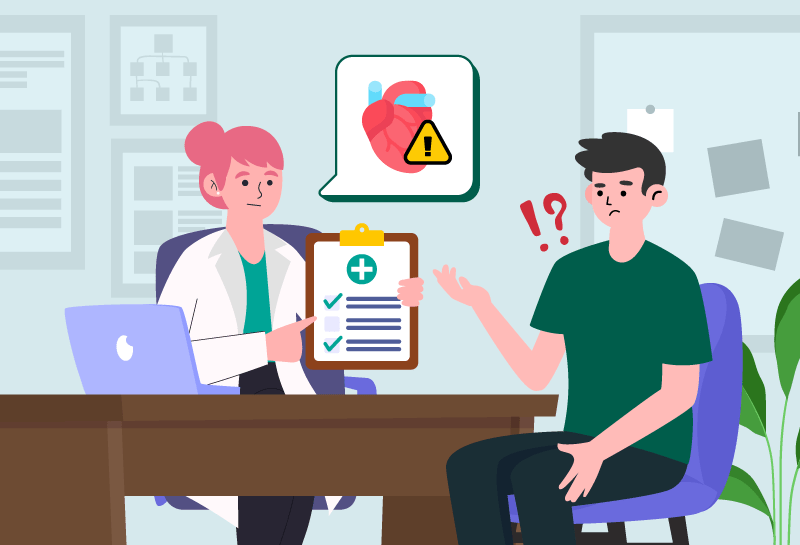
 15 mins read
15 mins read 